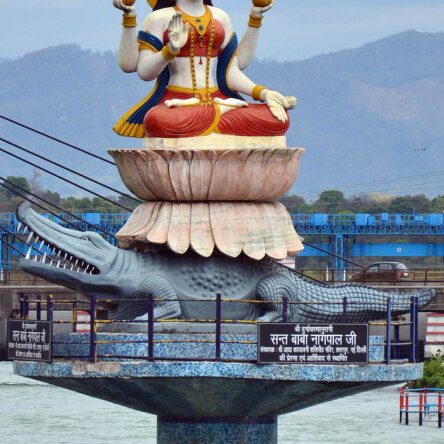What is a supernova, and how is it formed?
Adolf Hitler started World War II for a number of reasons, including: Territorial expansion Hitler wanted to expand Germany's territory to reunify the German people and create "living space" for Germans to be economically and militarily secure. Revenge for the Treaty of Versailles Many Germans resenRead more
Adolf Hitler started World War II for a number of reasons, including:
Territorial expansion
Hitler wanted to expand Germany’s territory to reunify the German people and create “living space” for Germans to be economically and militarily secure.
Revenge for the Treaty of Versailles
Many Germans resented the harsh terms of the Treaty of Versailles, which ended World War I.
Annexation of Austria and Czechoslovakia
Hitler annexed Austria and Czechoslovakia in 1938–39 with little resistance.
Invasion of Poland
On September 1, 1939, Germany invaded Poland, which had been guaranteed military support by France and Britain. Two days later, both countries declared war on Germany, marking the beginning of World War II.
Hitler rose to power through the Nazi Party, which he formed after returning from World War I. The Nazis’ goals included seizing power through Germany’s parliamentary system, installing Hitler as dictator, and creating a community of racially pure Germans.









A supernova is a powerful and luminous explosion that occurs when a star reaches the end of its life cycle. It is one of the most energetic events in the universe, releasing a vast amount of energy and often outshining entire galaxies for a short period. How a Supernova is Formed: Stellar EvolutionRead more
A supernova is a powerful and luminous explosion that occurs when a star reaches the end of its life cycle. It is one of the most energetic events in the universe, releasing a vast amount of energy and often outshining entire galaxies for a short period.
How a Supernova is Formed:
Supernovae are typically associated with massive stars, at least 8 times more massive than the Sun. These stars go through various phases of nuclear fusion, where they fuse elements in their cores, creating heavier elements like carbon, oxygen, and eventually iron. Once the core of the star is primarily iron, fusion can no longer occur because iron cannot release energy through fusion. Without the outward pressure from fusion reactions, the star’s core collapses under its own gravity.
For massive stars, the collapse of the core triggers a Type II supernova. As the core collapses, it compresses and heats up, causing a shockwave that travels outward, blowing off the outer layers of the star into space. The core itself may become a neutron star or collapse further into a black hole depending on the mass of the star. This violent explosion produces the brilliant light and energy associated with a supernova.
Another type of supernova, Type Ia, occurs in a binary star system. In this scenario, a white dwarf (a remnant of a star that has exhausted its nuclear fuel) can accrete matter from a companion star. As the white dwarf gains mass, it can eventually reach a critical limit (the Chandrasekhar limit), causing it to undergo a thermonuclear explosion, which is triggered by the rapid fusion of carbon and oxygen in its core. This explosion is also a supernova, but the mechanism differs from that of a core-collapse supernova.
Key Features of a Supernova:
Supernovae are crucial in understanding stellar evolution and the chemical enrichment of galaxies, and they also serve as important cosmic distance markers in the study of the universe.
See less